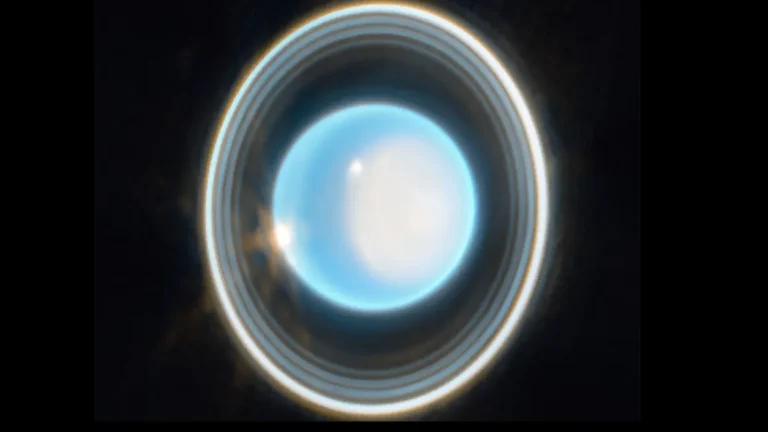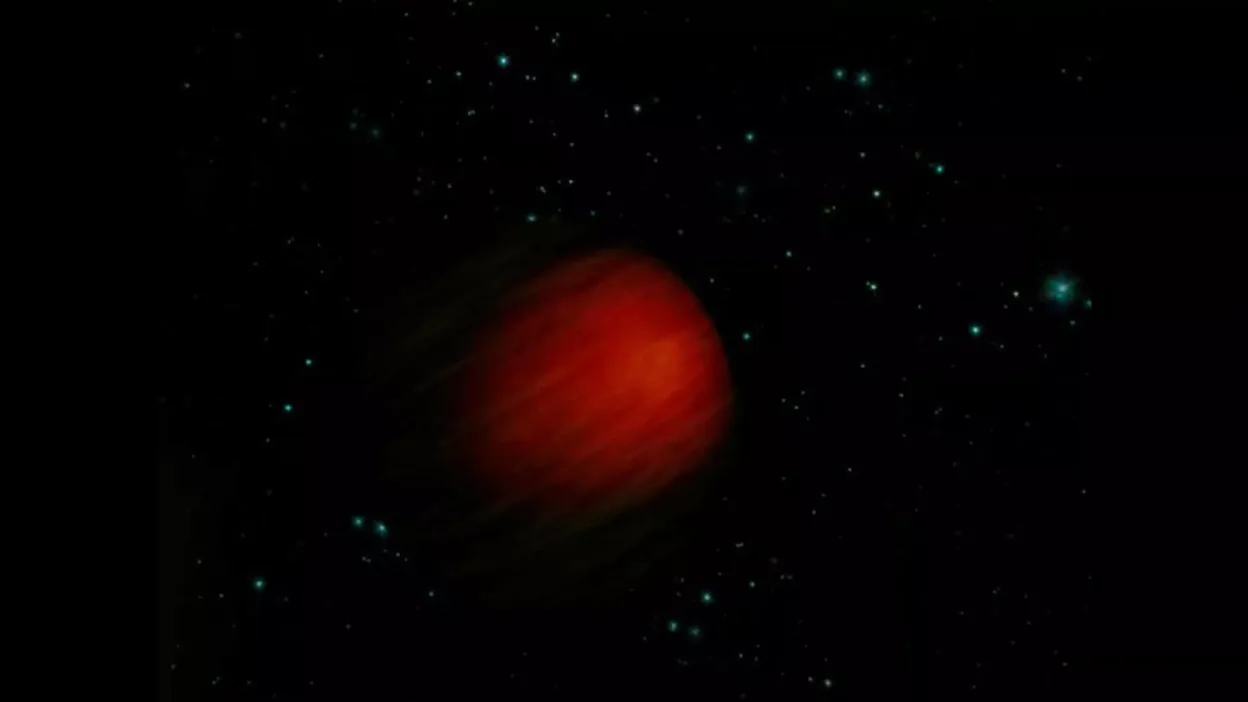On February 6th, 2023, the James Webb Space Telescope captured an amazing image of Uranus, one of our solar system’s most distant planets. This telescope, developed by NASA and ESA (European Space Agency), is the largest and most powerful telescope ever built. Its mirror is six times larger than the Hubble Space Telescope’s mirror, allowing it to capture images of incredible detail and clarity. The image captured by the James Webb Telescope shows Uranus with its rings, moons, and clouds in never before seen detail. It will provide a better understanding of this distant planet which can help us to understand more about our solar system as a whole.
The James Webb Space Telescope is an orbiting observatory developed by NASA with extraordinary sensitivity for detecting even the faintest of dusty rings. Powered by its powerful infrared vision, the James Webb Telescope captures incredibly detailed images of outer space and allows us to observe objects that were previously impossible to detect. With its two primary mirror segments, the telescope has a greater resolution and range than any other space telescope before it. The images captured by the James Webb Telescope offer new insights into some of the most mysterious phenomena in our universe, such as dark matter and black holes. With data from these images, we can gain a better understanding of the structure and composition of our universe.
NASA’s James Webb Space Telescope has revealed the actual colors of Uranus for the first time, using its Near-Infrared Camera (NIRCam). This camera combines information from two different filters: one to observe reflected light from Uranus’ atmosphere and another to view thermal radiation emitted by the planet’s interior. The images captured by NIRCam reveal Uranus in stunning blue-green hues that have never been seen before.
The Webb Telescope has also provided data on the composition of Uranus’ atmosphere, which suggests that it includes hydrogen, helium, and methane. This data will help scientists better understand the makeup of this mysterious gas giant. Moreover, it will enable us to better understand how this outermost planet formed and evolved over time.

With the launch of NASA’s James Webb Space Telescope, scientists can now observe distant celestial bodies in unprecedented detail. This telescope has the capability to capture ultra-high-resolution images of planets such as Uranus, allowing scientists to gain a greater understanding of its unique features. One such feature is a distinctively dazzling polar cap that can be seen on the right side of Uranus. Through the data collected by the James Webb Telescope, scientists can uncover more information about this polar cap and get to the bottom of what causes it to appear so bright and distinct.





